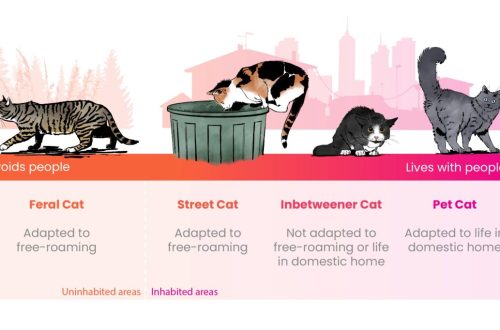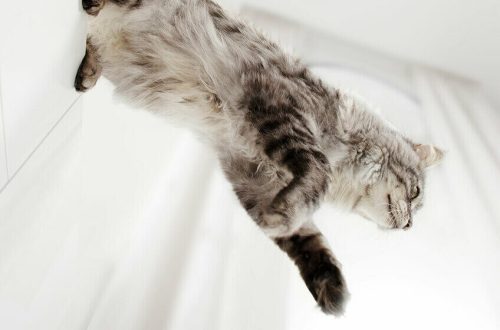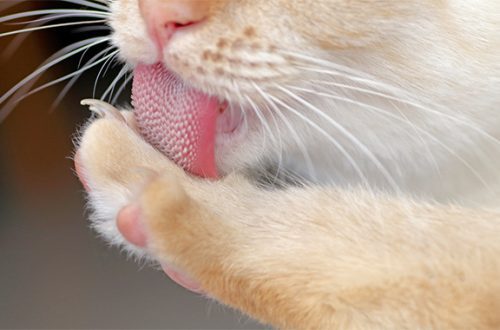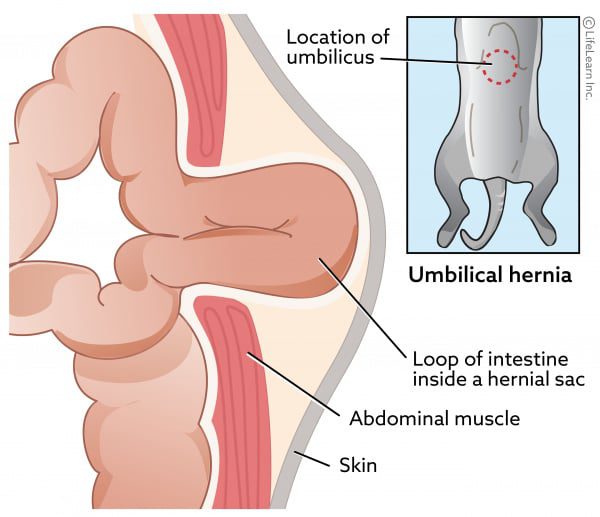
Hernia ໃນ cat: ສາເຫດ, ປະເພດແລະການປິ່ນປົວ
When stroking their cat, the owner may feel a soft lump on her stomach. Could it be a hernia? Hernias in a cat on the stomach are relatively rare, but this option cannot be ruled out.
The good news is that this pathology is easily amenable to surgical treatment. If a cat was born with a hernia, it can be removed at the same time as spaying or castration. What does a hernia look like in cats and how is it treated?
ເນື້ອໃນ
Key facts about hernia in cats
An umbilical hernia in cats occurs when there is an abnormal opening in the muscular wall of the abdomen or diaphragm. Adipose tissue or internal organs may bulge through this hole, resulting in a soft lump that is visible from the outside. The most common hernia in cats is located above the navel. Usually such a protrusion does not hurt and disappears if you gently press on it. If this happens, the hernia is reducible, which means that the contents of the hernia can be easily reduced back. Not all hernias are reducible.
Hernia in cats is not usually life-threatening. However, in rare cases, internal organs, such as the intestines, can prolapse through such a hole in the muscle wall. If this leads to a cessation of the blood supply to the organ, it can become life-threatening.
If the hernia contains only fatty tissue, there will probably be no other signs other than a bulge. In the case of prolapse of the abdominal organs in the area of the hernia, there is a strong swelling, painful or hot. In this case, the cat may be vomiting, loss of appetite, blood in the urine and / or increased lethargy.
Hernia in cats: causes
If a cat has a hernia, it means that it is either congenital or caused by some kind of injury. Physical trauma, weak abdominal walls, pregnancy, and birth defects are the most common causes of this condition. It is also known that severe or repetitive constipation, requiring straining to defecate, can also cause a hernia in a cat.
Hernias are classified according to their location in the body. There are three types:
- Umbilical hernia in cats: It usually does not require treatment. This is the most common type of hernia in cats. Usually such hernias are congenital due to a genetic predisposition and occur if the opening of the umbilical ring does not close properly at birth. If this condition persists, the hernia can be repaired surgically during neutering or neutering the kitten.
- Diaphragmatic hernia in a cat: This type of pathology occurs inside the body – it cannot be seen from the outside. This occurs when a hole appears in the diaphragm through which the abdominal organs are displaced into the chest cavity. A hiatal hernia may be congenital, or it may result from trauma, such as a collision with a car. An x-ray is needed to diagnose a diaphragmatic hernia in a cat.
- Inguinal hernia in a cat: Occurs in the groin, mostly closer to the base of the hind legs. It develops when abdominal fat or internal organs protrude through the inguinal canal, resulting in a soft protrusion that may disappear if pressure is applied.
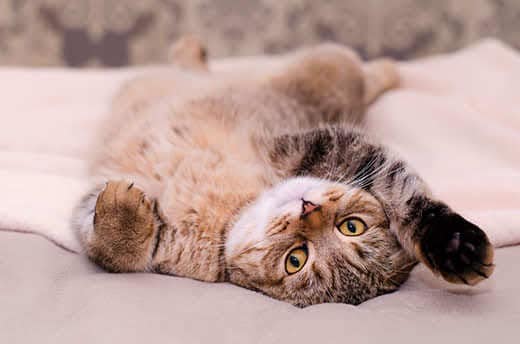
Diagnosis and treatment of hernia in cats
If the owner has concerns that the cat has a hernia, it is important to contact a veterinarian as soon as possible. Most hernias in cats can be diagnosed on physical examination, with the exception of hiatal hernias, which can only be detected with x-rays or abdominal ultrasonography. If the hernia is very hard or large, your veterinarian may order an x-ray to check for abdominal entrapment.
Treatment depends on the size and location of the hernia. If the hernia is small, the cat will likely not need surgery. If the hernia is larger, surgery will be required to prevent internal organs from protruding. If the internal organs are pinched by the muscular walls, the cat needs emergency surgery.
Cat Hernia Surgery and Recovery
Removal of a hernia in a cat consists in setting the hernial contents back into the abdominal cavity and sewing up the opening in the abdominal or diaphragmatic muscles. Surgical mesh can be used to strengthen weak muscles.
If the kitten has a hernia and the veterinarian recommends surgery, the hernia can be removed during spaying or neutering. This will not only eliminate the need for unnecessary anesthesia and hospitalization of the kitten, but it will probably cost less than a separate procedure.
Can a cat hernia develop after spaying? Often after this procedure, the owners notice swelling in the navel and take it for a hernia. However, this rarely happens.
Most often, this is swelling caused by inflammation due to the fact that the cat is too active immediately after the operation, and / or due to skin reaction to the stitches. Be sure to show the pet to a specialist and take measures to reduce the likelihood of postoperative edema in the cat. To do this, you need to limit its activity and strictly follow the instructions of the veterinarian.
After surgery to remove a hernia in a cat, you need to take care of it. Specifically, feed her a medicated diet that provides nutritional support to pets recovering from surgery.
Prophylaxis ແລະການຄາດຄະເນ
To reduce the risk of a hernia, keep your cat free-roaming to avoid collisions with cars and reduce the chance of injury.
With adequate treatment and repair, hernias in cats have a very good prognosis and rarely recur. If a kitten has a congenital hernia, it is not recommended to use it in the future for offspring. Congenital hernias can be passed on to the next generation.
ເບິ່ງເພີ່ມເຕີມ:
ວິທີການບັນເທົາອາການເຈັບປວດໃນແມວ? ຢາຊະນິດໃດທີ່ເປັນອັນຕະລາຍສໍາລັບແມວ?
ໂຣກ Urological ໃນແມວ: ເຮັດແນວໃດຖ້າແມວມີບັນຫາກັບການຍ່ຽວ?
Kidney failure in cats: symptoms and treatment



